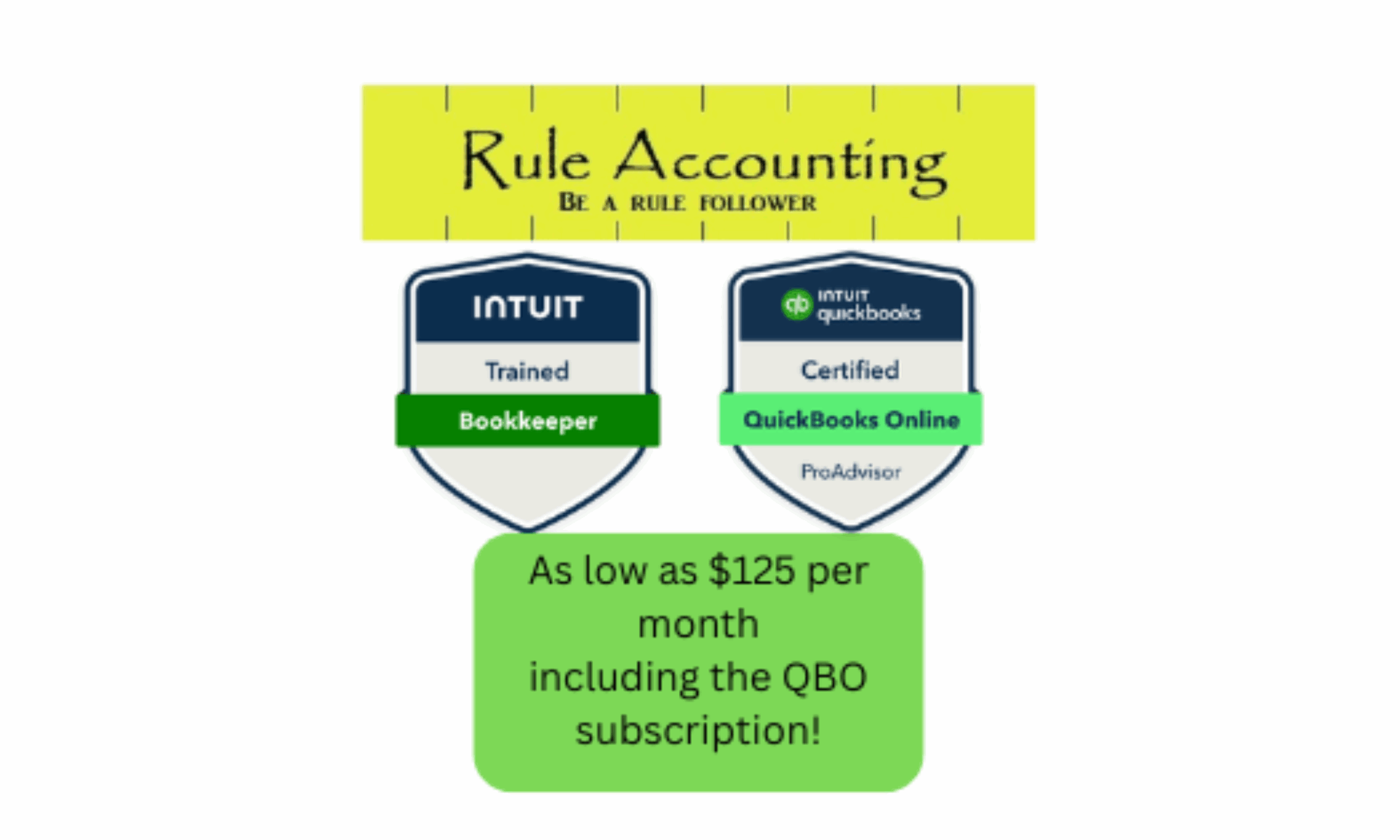Expenses are a fact of life. Because we all have expenses, we all need income. Hopefully our income is more than our expenses. In accounting, both income and expenses are considered temporary accounts. The reason being, both income and expenses are constantly fluid. They change daily. They come and go. There are five major accounts in accounting: Assets; Liabilities; Equity; Revenue; and Expenses. As mentioned above, revenue (income) and expenses are temporary accounts. Assets, Liabilities, and Equity are permanent accounts.
The significant difference between business and personal accounting is “Net Income”. Net Income is the difference between income and expenses. In accounting, the “Profit and Loss” report, sometimes called the “Income Statement”, is the summary of the temporary accounts, income and expenses. Net Income only applies to businesses. Accounting for personal income and expenses does not allow the deduction of expenses, thus the term “Net Income” is not applicable for personal accounting.
That being said, it is still important for individuals to keep track of their personal expenses. Keeping a budget is just as important for personal accounting as it is for business accounting. Most all of us overspend on something. Keeping track of our expenses will help prevent overspending.
In a previous article, I explained the term, “Cost of Goods Sold”. COGS is an expense that businesses recognize when business costs are moved from an asset account to an expense account. Businesses track costs like individuals track expenses. Costs are nothing more than expenses, which are being tracked as assets, until they are sold. If the business is classified as a manufacturing business, all of their expenses should be considered costs.
Manufacturing business roll up six costs streams to determine their operating profit. The first four costs streams represent the COGS of their products. Then by subtracting the COGS and both the variable and fixed marketing and administrative costs, from the matching revenue, to determine the operating profit.
- Direct Material
- Direct Labor
- Variable Overhead
- Fixed Overhead
- Variable Marketing & Administrative
- Fixed Marketing & Administrative
In personal finances, these six cost streams would be considered six expense streams. In business finances, these six cost streams are classified as assets until they are sold to customers. When the assets are sold, the costs are then classified, as an expense, as COGS. By reclassifying the costs from assets to expenses as COGS, the Balance Sheet decreases. The Profit and Loss (Income Statement) will hopefully increase, assuming a profit was made.
Brett Bickham
Nov. 4, 2020
Clifton, TX
